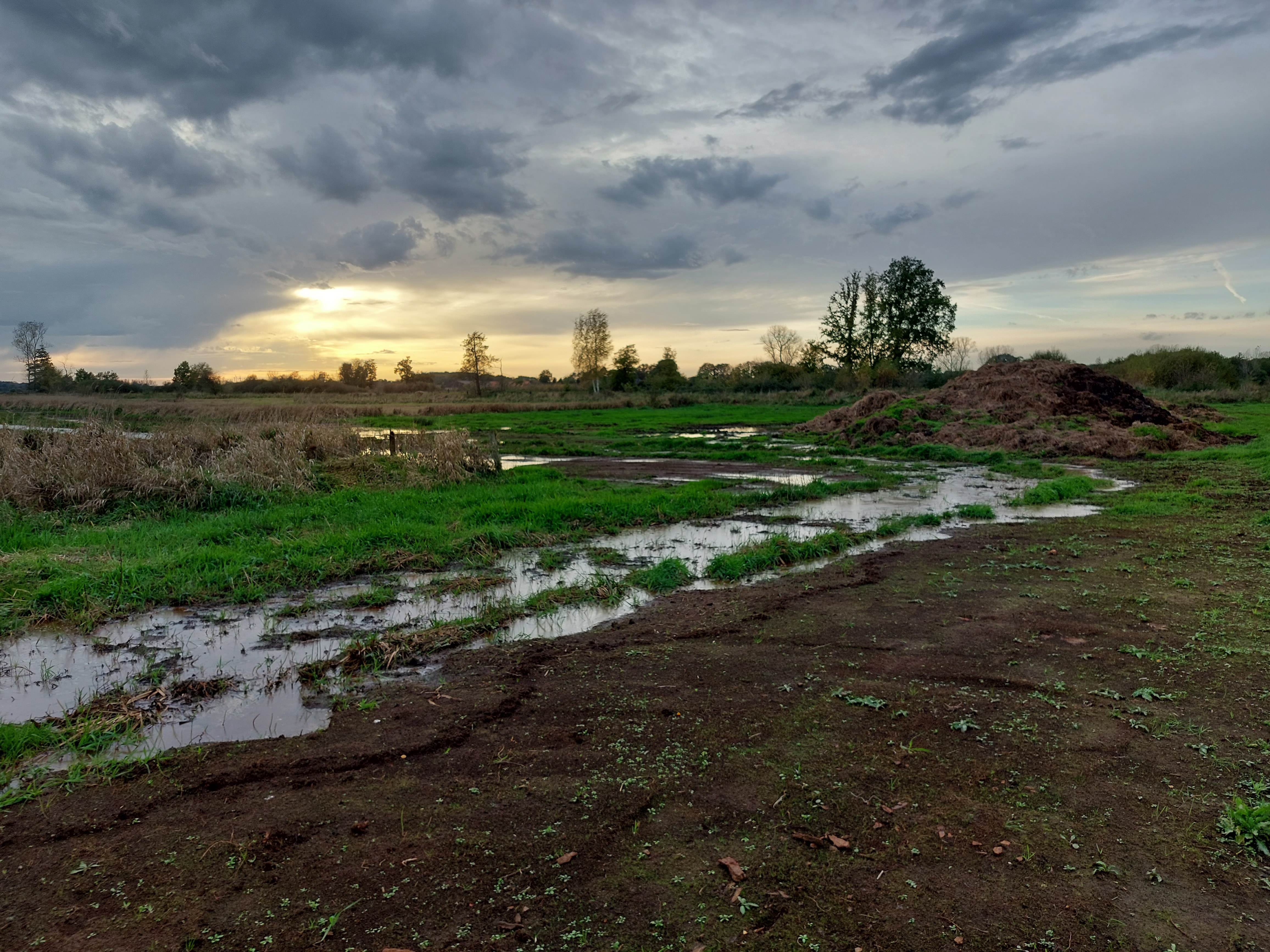
Natuurpunt starts crucial phase in the Valley of the Black Creek: colander becomes sponge

Oktober 2022 - Almost three kilometers of waterways will be releveled in the valley of the Black Creek as icing on the Care peat cake. After almost 2 years of procedures (and many workshops, meetings, site visits, persuasion and a hydrological study especially commissioned for this), Natuurpunt has finally been granted the permit to carry out the relevelling of 2.7km of waterways to 20 cm below ground level. These rewetting works are the final measure taken in the restoration of 250ha of Flemish peatland within the Care peat project.
Normally, the peat area should be one big sponge. However, due to drainage, about 3 to 6 million m³ of water are lost. By comparison, that's 1200-2400 Olympic swimming pools. The problem is serious. For instance, in many places the groundwater sits at an average depth of up to 90 cm (during periods of drought the level even drops several meters) where it should be 10-20 cm deep under normal conditions. The peat is drying out, and this can have serious consequences for both CO2 emissions and buffering capacity: the whole area becomes even more susceptible to flooding because the sponginess of the peat is broken. These restoration works help ensuring that the water will not be directly drained anymore from the area towards the sea, but spread slowly through the peat sponge. This will ensure that CO2 is retained in the soil and does not enter the atmosphere. Thus, CO2 emissions of 1,500 to 8,500 tons of CO2 per year can be saved through humification. For comparison, that would be equivalent to 450-2500 cars being taken off the road every year. Natuurpunt already releveled 1.7 km of waterway, the other one km is still pending on the authorization of the water managers.
There are still a lot of gains to be made for the Valley of the Black Creek and the restoration processes initiated within Care Peat are already setting the tone for future measures. In the meantime, we put the Valley of the Black Creek on the world map as a textbook example of peat restoration on a landscape scale.
